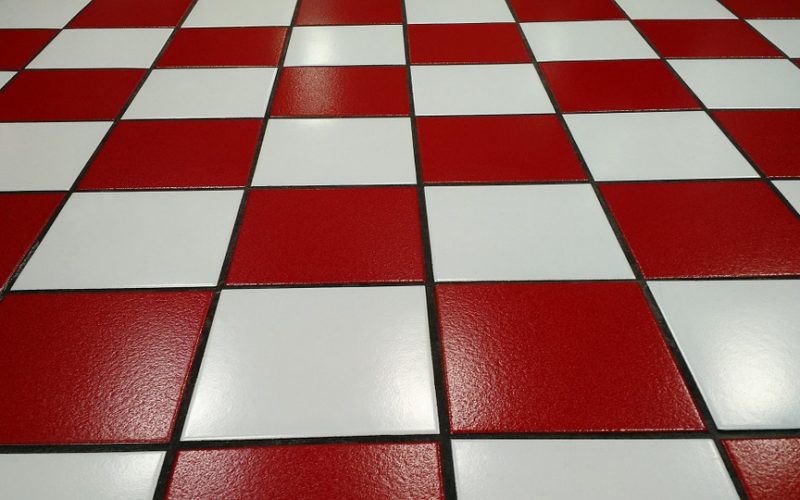Clay Is The Ideal Medium For Students
Many art classes use clay as a medium for children because it allows them an opportunity to create many different forms, and children love to play with it. When they are in the classroom, they are often given a particular object to create as part of a lesson plan. Many art teachers begin with rolling lumps of clay and shaping them into easy forms, but more advanced students might find it more appealing to sculpt. Few students have the opportunity to learn how to throw on a wheel at school, but their parents can find many classes available if they are interested.
While clay is an easy medium for beginners, there are a few things they must learn before they start their project. If their work dries out before it is completed, they will have to begin with a new lump of clay. Educators often try to find projects that will take very little time, but teaching students how to keep the clay wet is an obvious next step in their advancement. Preserving their piece for firing by letting it dry is also an advanced step, and it is often reserved for older students.
Painting clay once it dries is a good way to introduce young students to making a unique piece, and many of these objects have graced homes. As students progress in their art lessons, fired pieces will be made. These might require more finished, and the youngster can be introduced to the wide choice of glazes available. Adding a glaze for a matte finish is generally not preferred, but teaching them to appreciate that type of beauty can help them learn more about art.
Students who are taught about art have a better appreciation of it as adults, and many schools strive to find it in their budget to continue art programs. Clay is an easy medium for them to use, so it cuts down on the expense of long classes. Teaching them the methods to produce their own works of art will help them understand the beauty of clay, ceramics and porcelains when they become adults.





